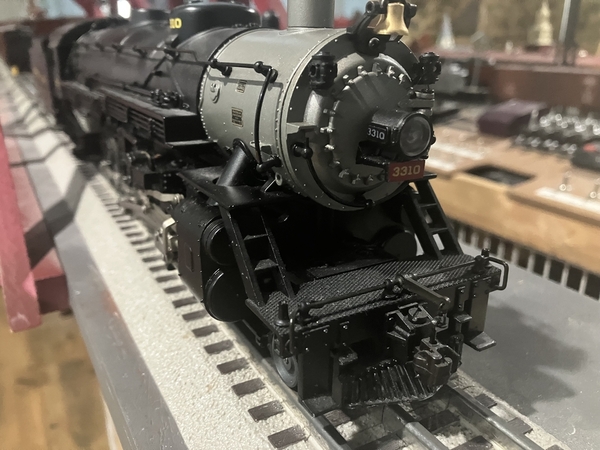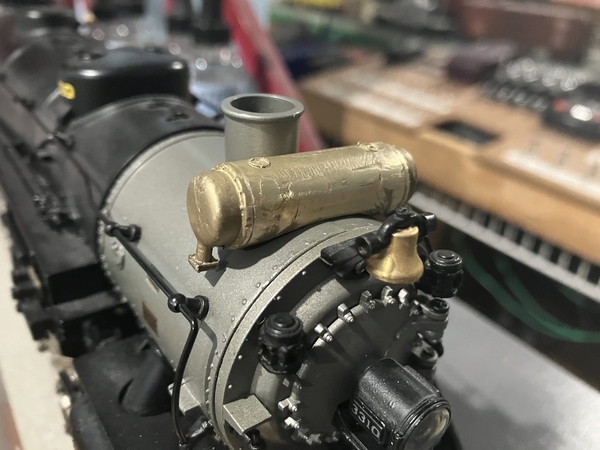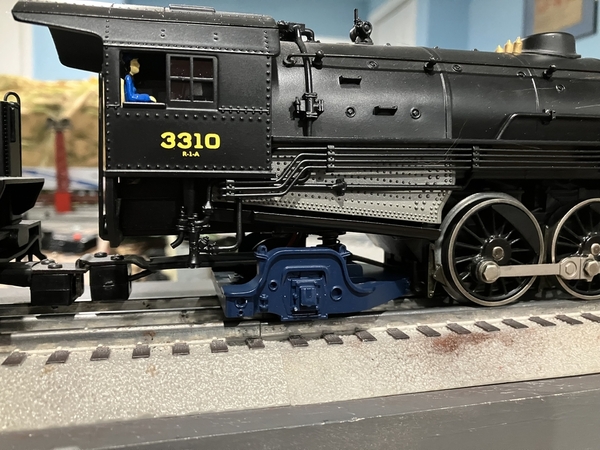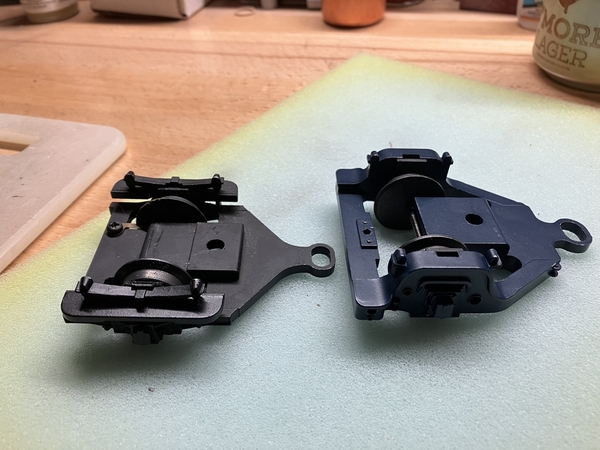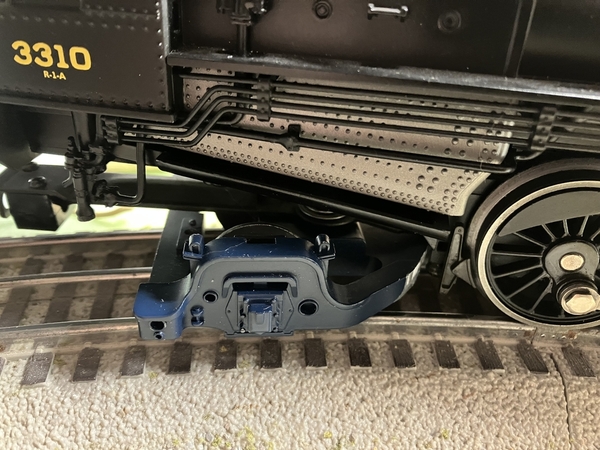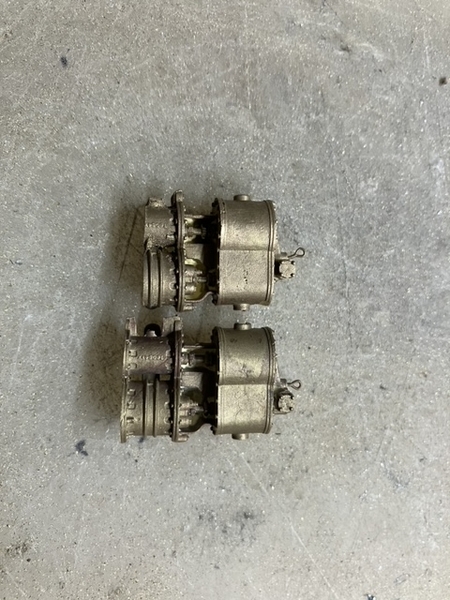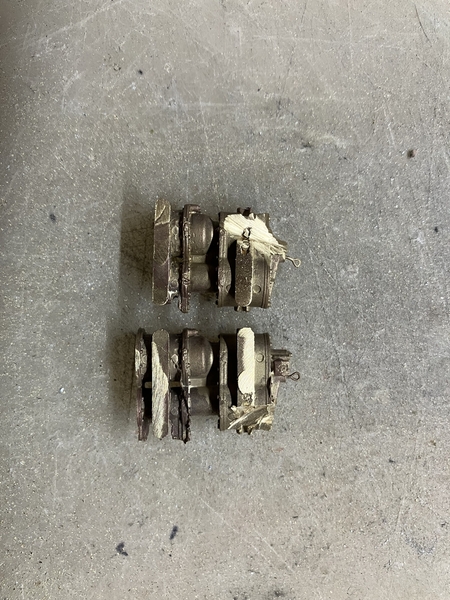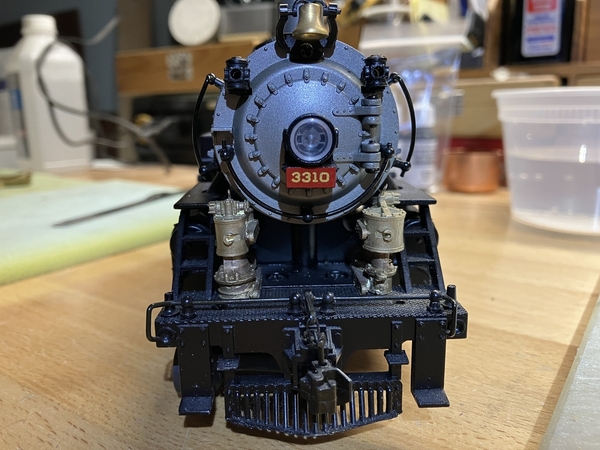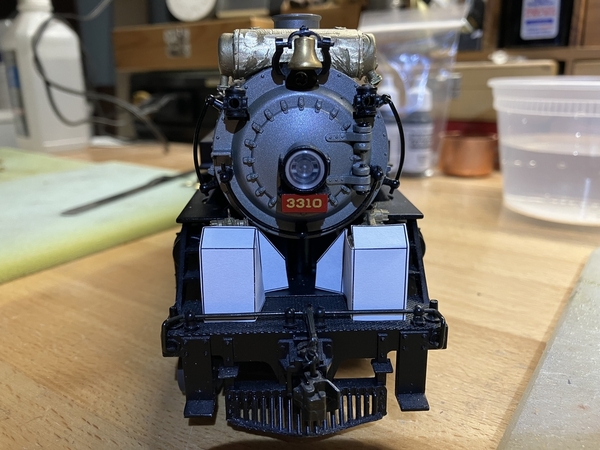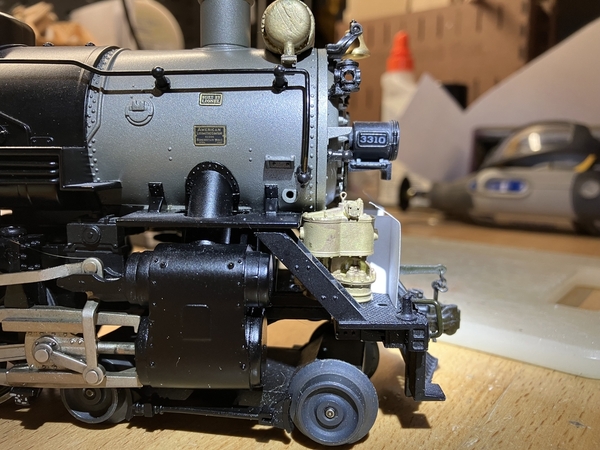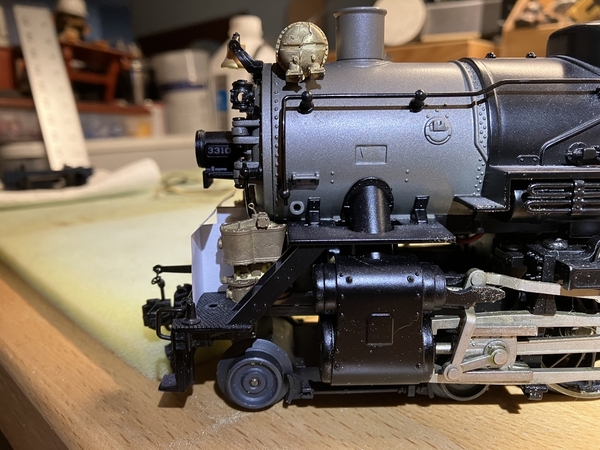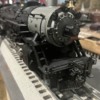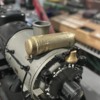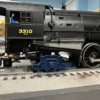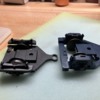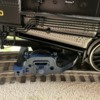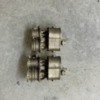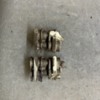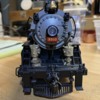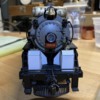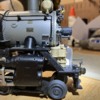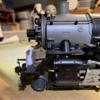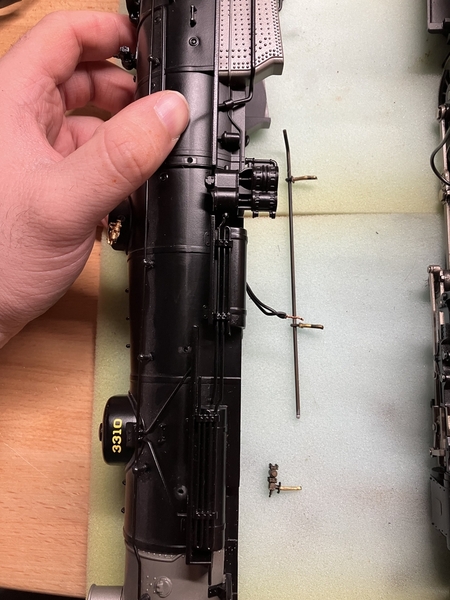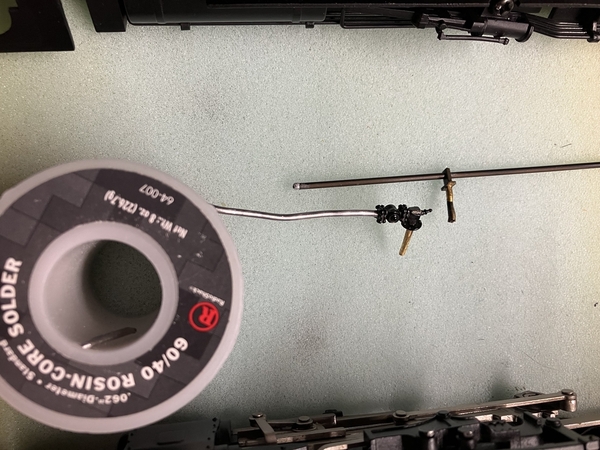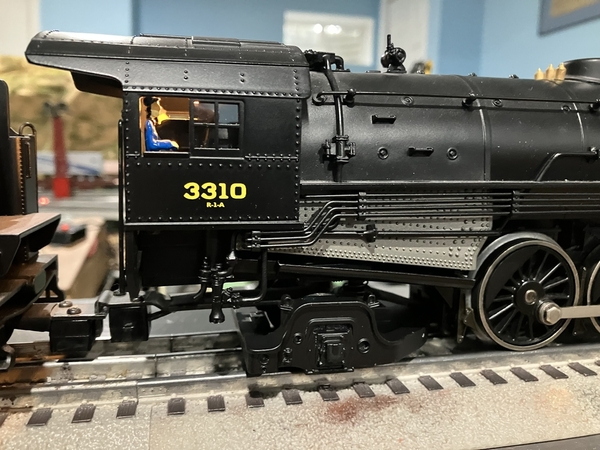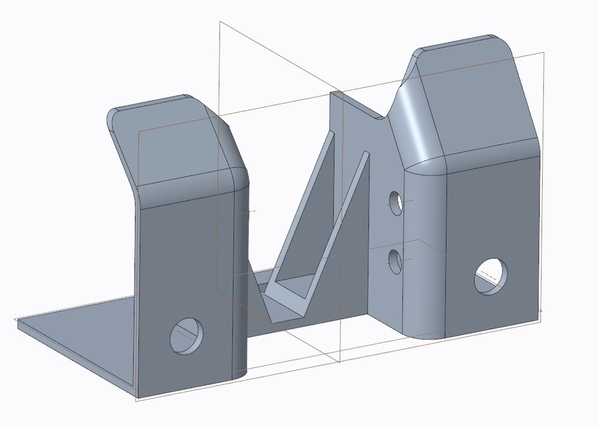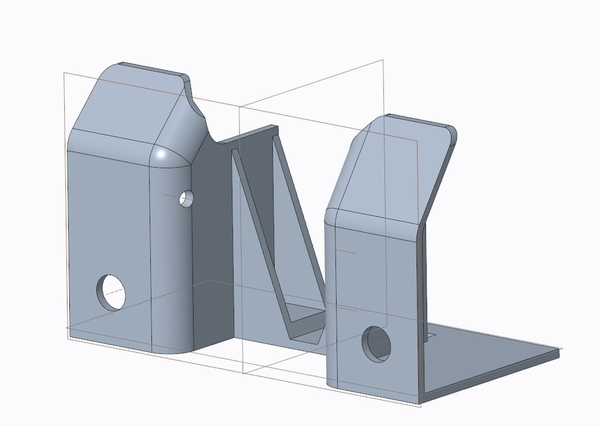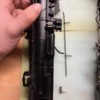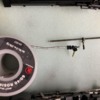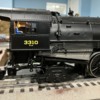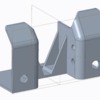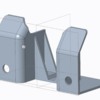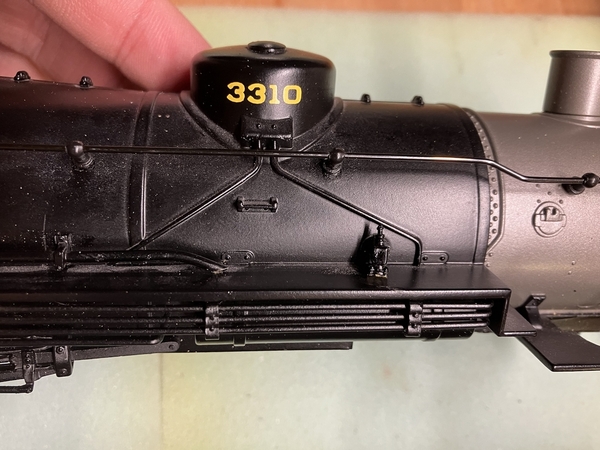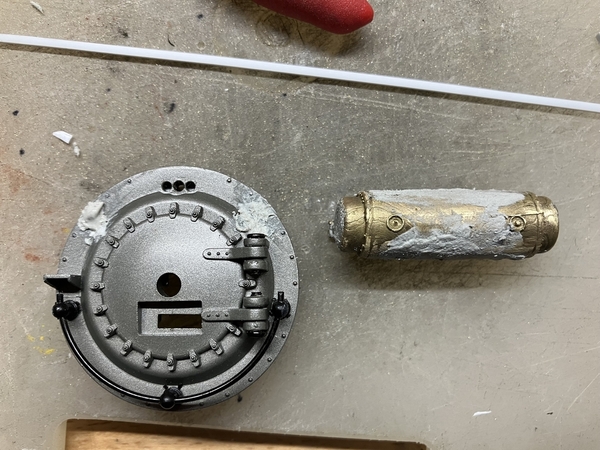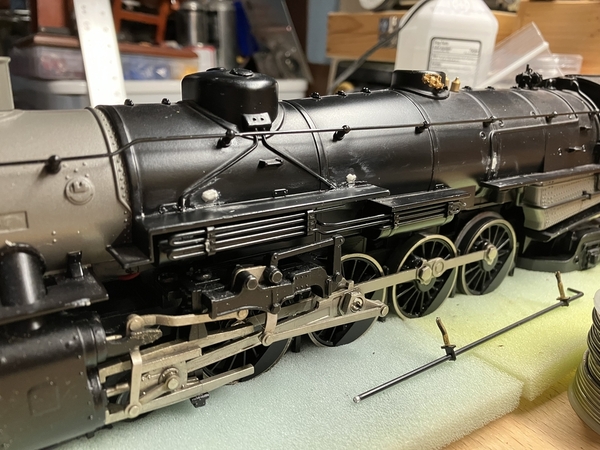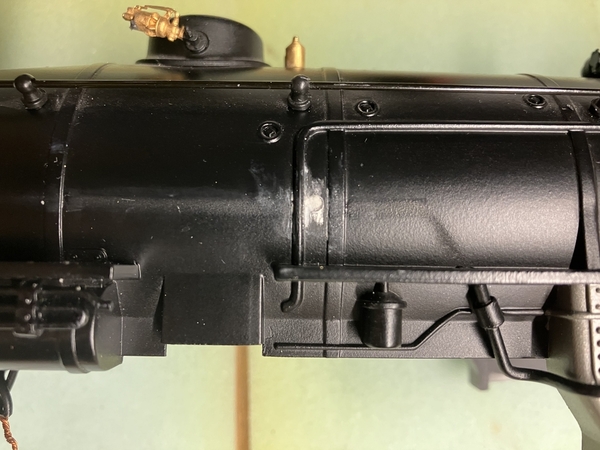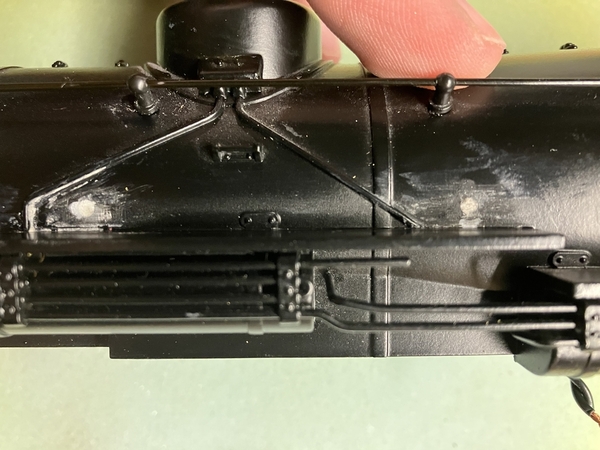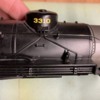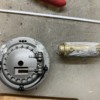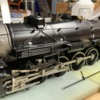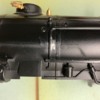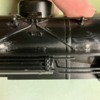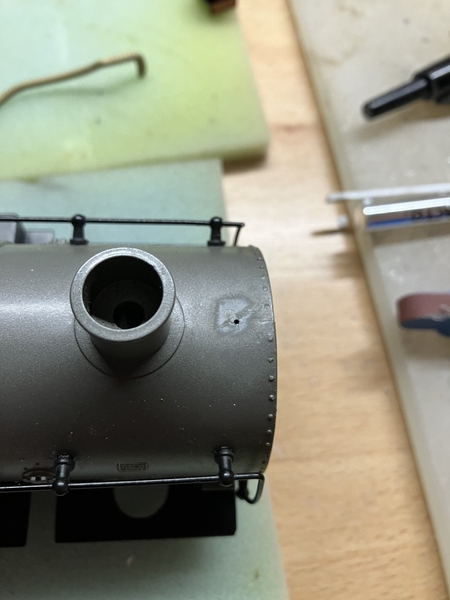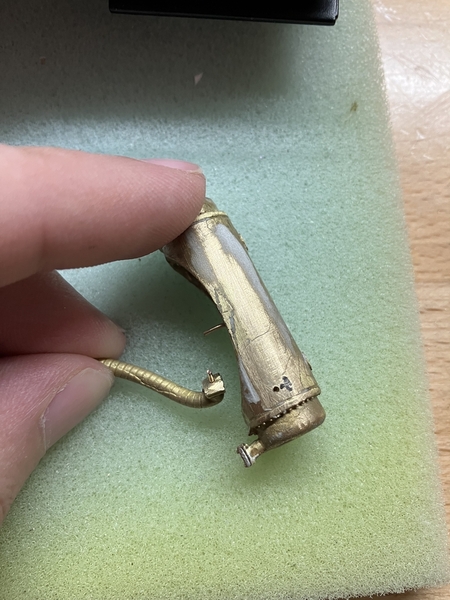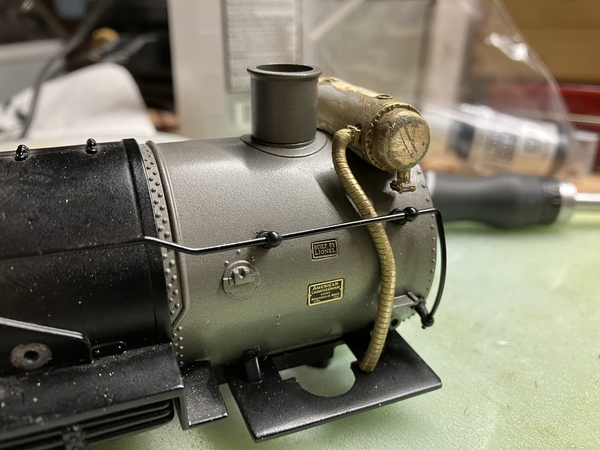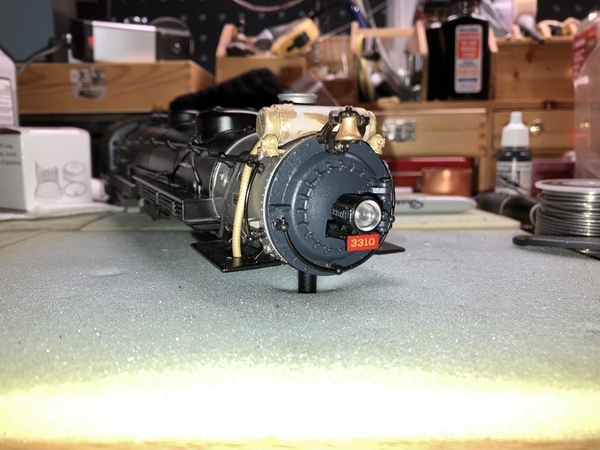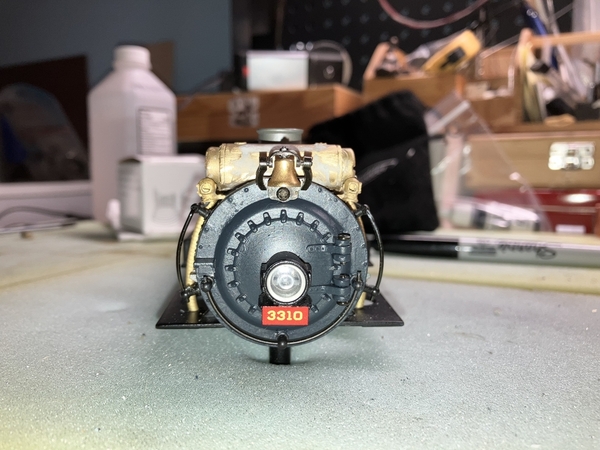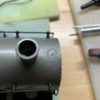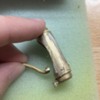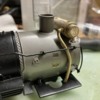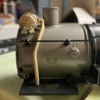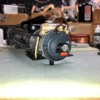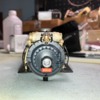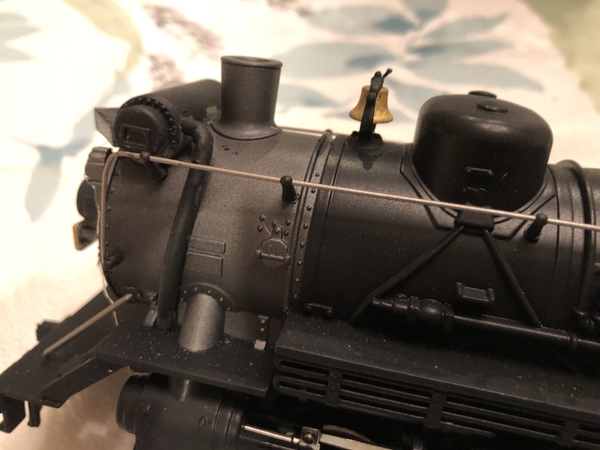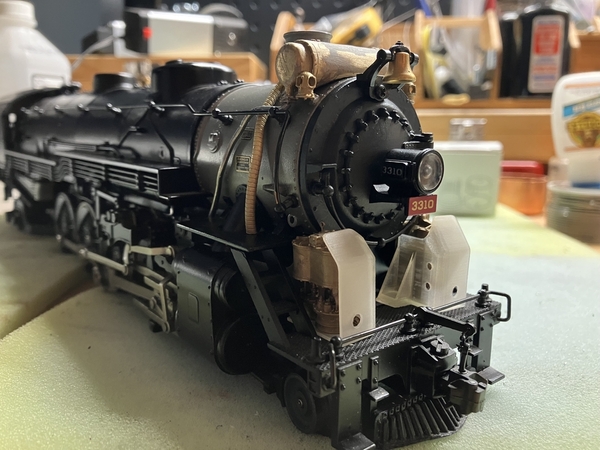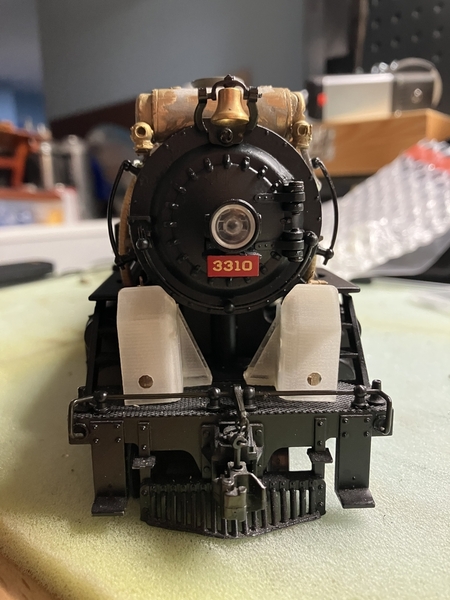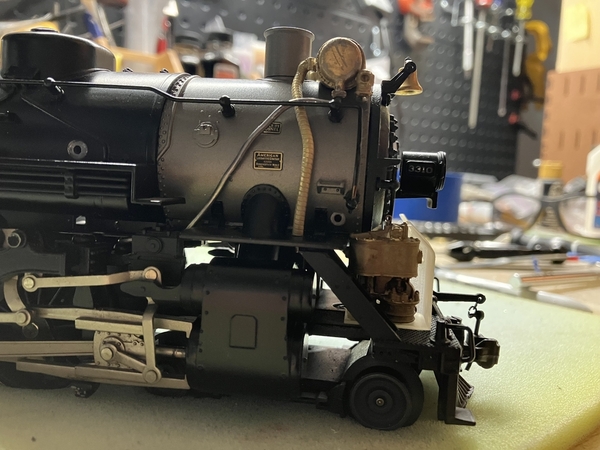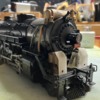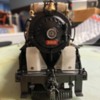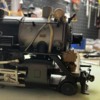I just started a project to modify a Lionel USRA Mountain to a New Haven R-1-b class. The New Haven's original R-1's were the first USRA Mountains built, while the R-1-a's and R-1-b's that followed were close copies. For various reasons, engine numbers 3300 - 3309 and 3340 - 3348 are the closest matches to the Lionel model, and I am going for series 3340 - 3348 (exact number to be determined based on what tender I can locate).
I posted on the NHRHTA forum and received some piping and detailing diagrams - link to that page, as well as some prototype photos, are below.
I first removed the shell from the body, disconnected the marker lights, and removed the two angled pilot supports. Air pumps will be mounted where they were.
I picked up an Elesco feedwater heater (Precision Scale # 40839). It was oriented the wrong way with the cast in steam pipes, so I ground those off. The casting still needs to be cleaned up, and some imperfections filled.
I next fitted a new trailing truck - the model came with a USRA style truck, while New Haven 3310 - 3348 had Delta trailing trucks. I figured that trucks from the same design era at Lionel would have a good chance of having the same mounting features and I was correct - the trailing truck from the 2002 Blue Comet is a drop in replacement for the 2001 Mountain.
The truck geometry is slightly different right behind forward pivot point, so to maintain the ability to navigate an 0-36 curve I cut the corners slightly. A dremel tool took care of this in a few minutes. Without the modification, the engine could still navigate 0-48. The ground down portion is visible as the shiny area behind the rear driver in the second picture below.
Next up were the air pumps - two Precision Scale # 4205. I needed to cut off 3/32" from the bottom of the pumps in order to have them sit at the correct height, top roughly even with the running boards. I also sanded down the rear corners to avoid the possibility of interference with the smokebox. The prototype had notches cut in the smokebox instead, but I'd rather not do that. First photo shows the first cut-down pump on top, and a an unmodified on the bottom.
Finally, I mocked up a set of air pump shields out of paper to check fitment. I'm happy with the footprint, so I'll most likely model them up in CAD with detail and have a set 3D printed.
More to come.
~Chris




